Revolutionizing Surgery Through Innovation
July 26-27, 2025
12-Hour Overnight Event
TinkerSpace Kochi
Capturing the energy, collaboration, and innovation that defined our 12-hour hackathon journey.
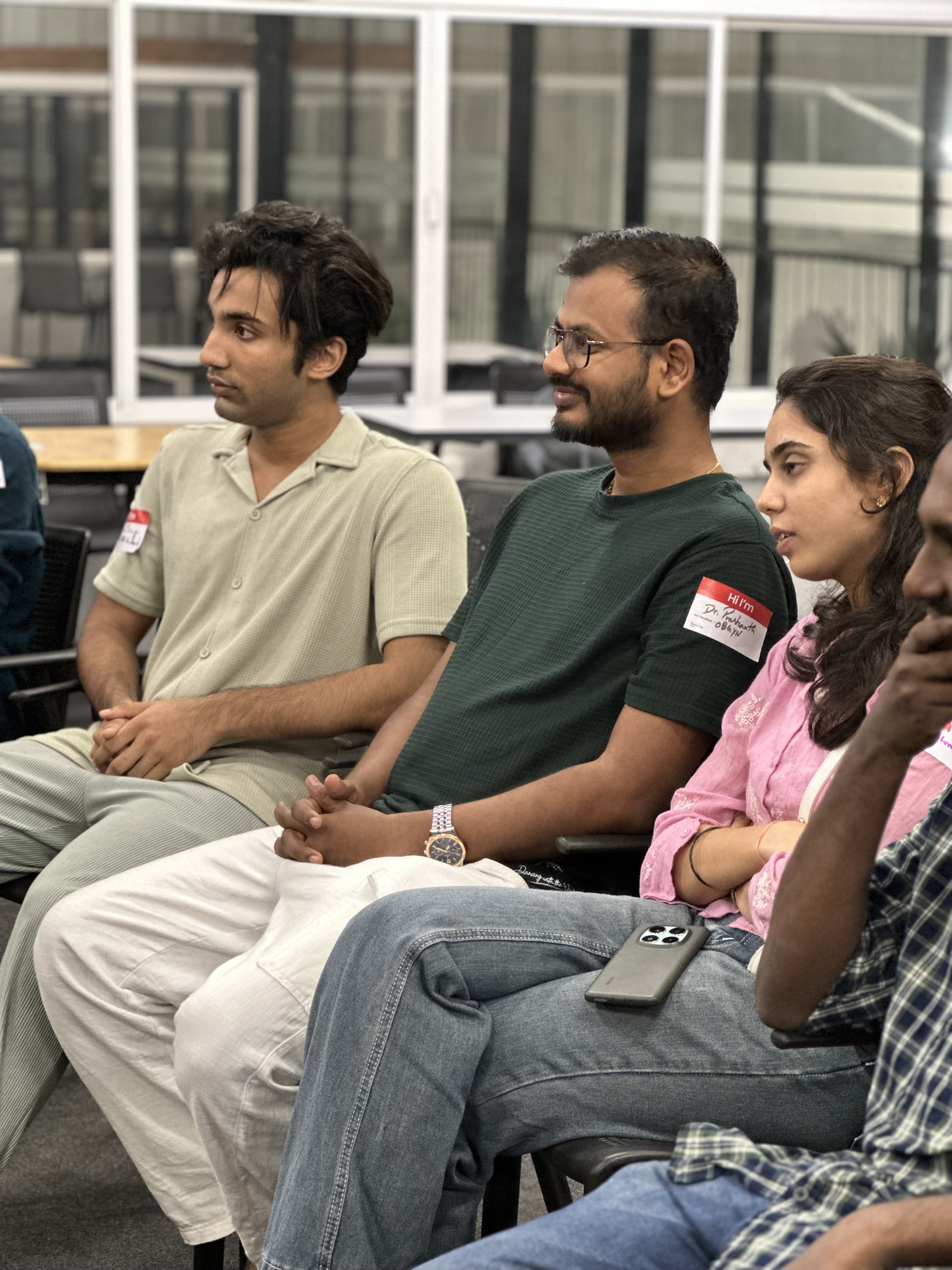
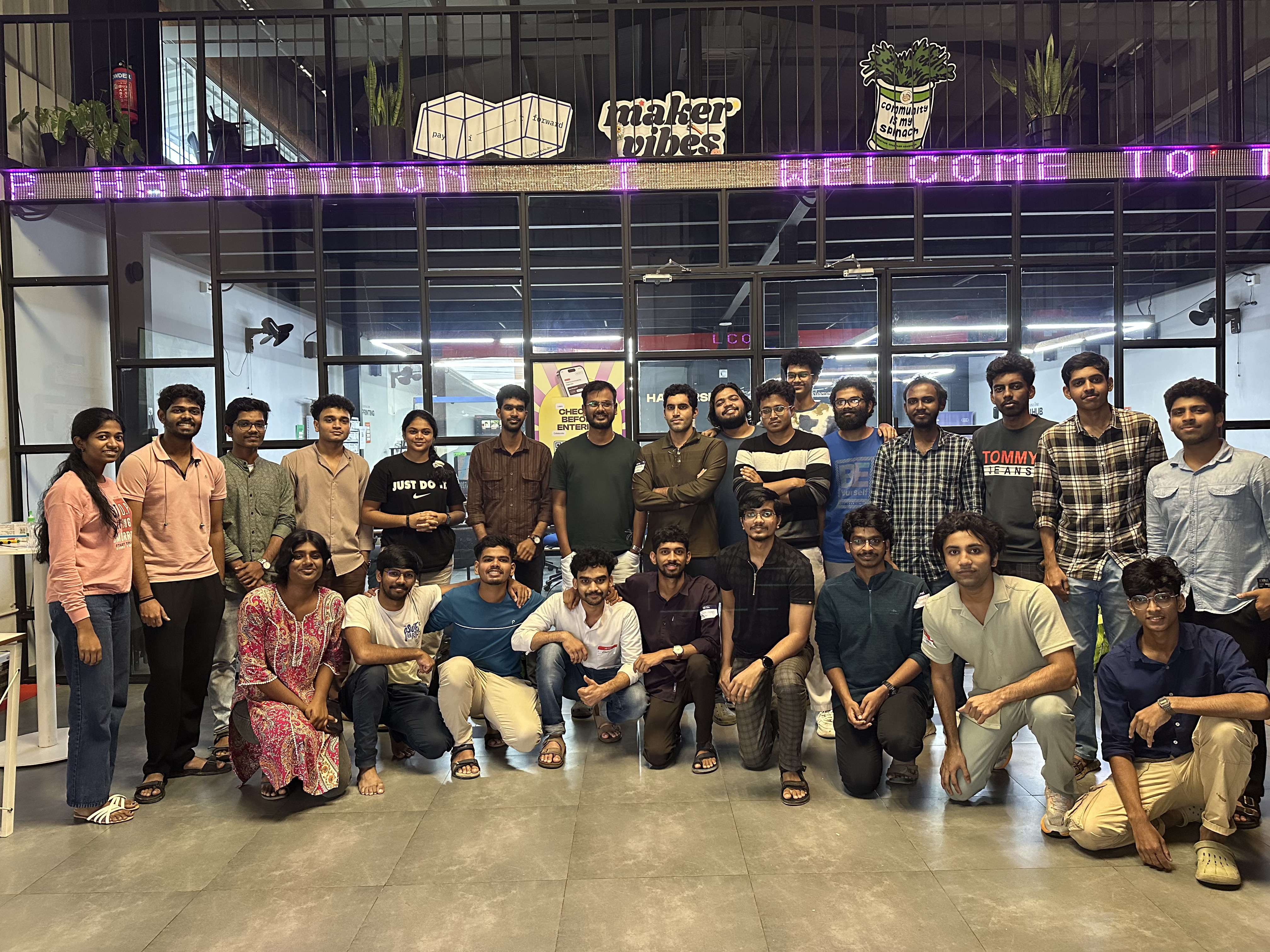
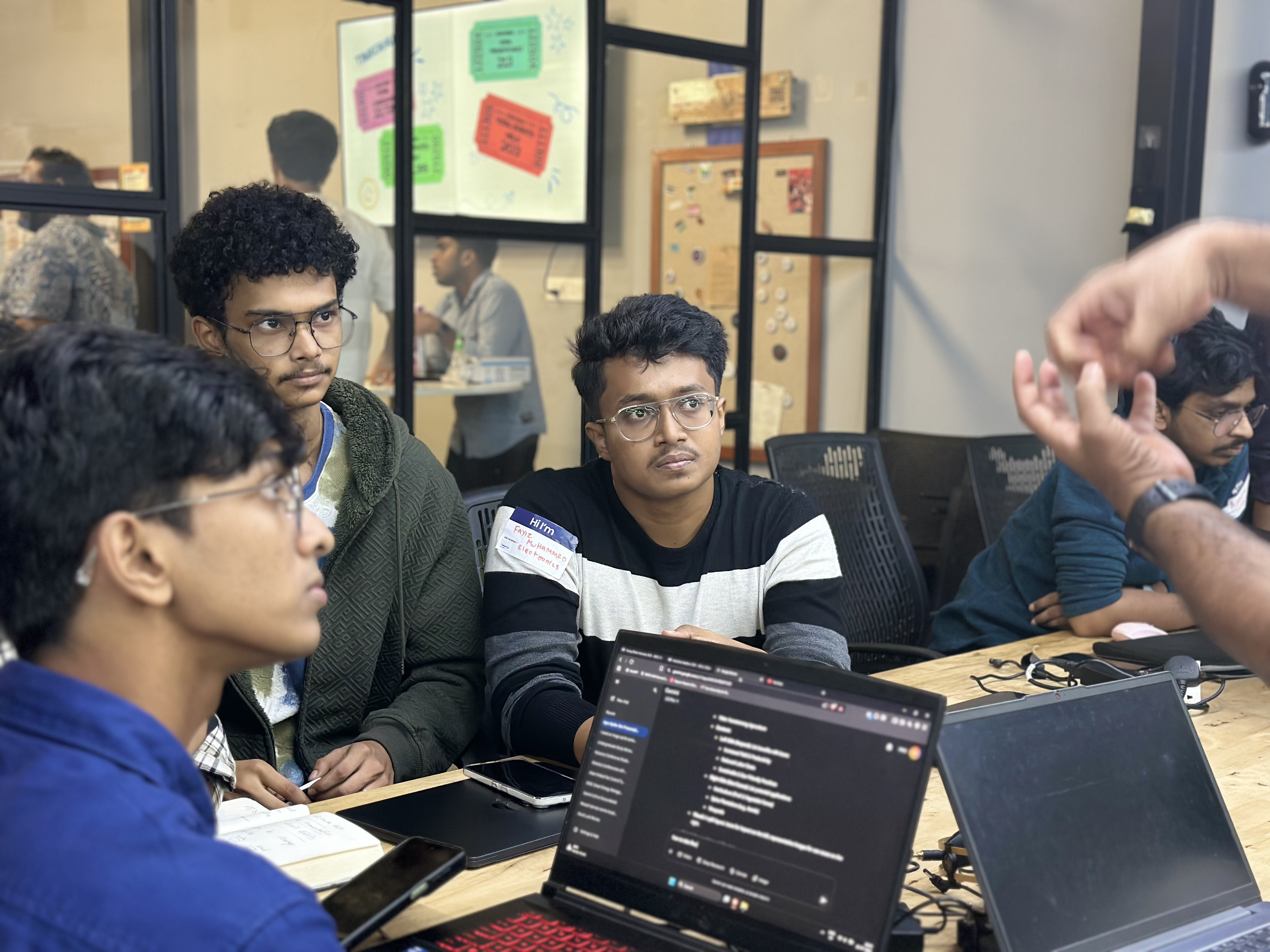
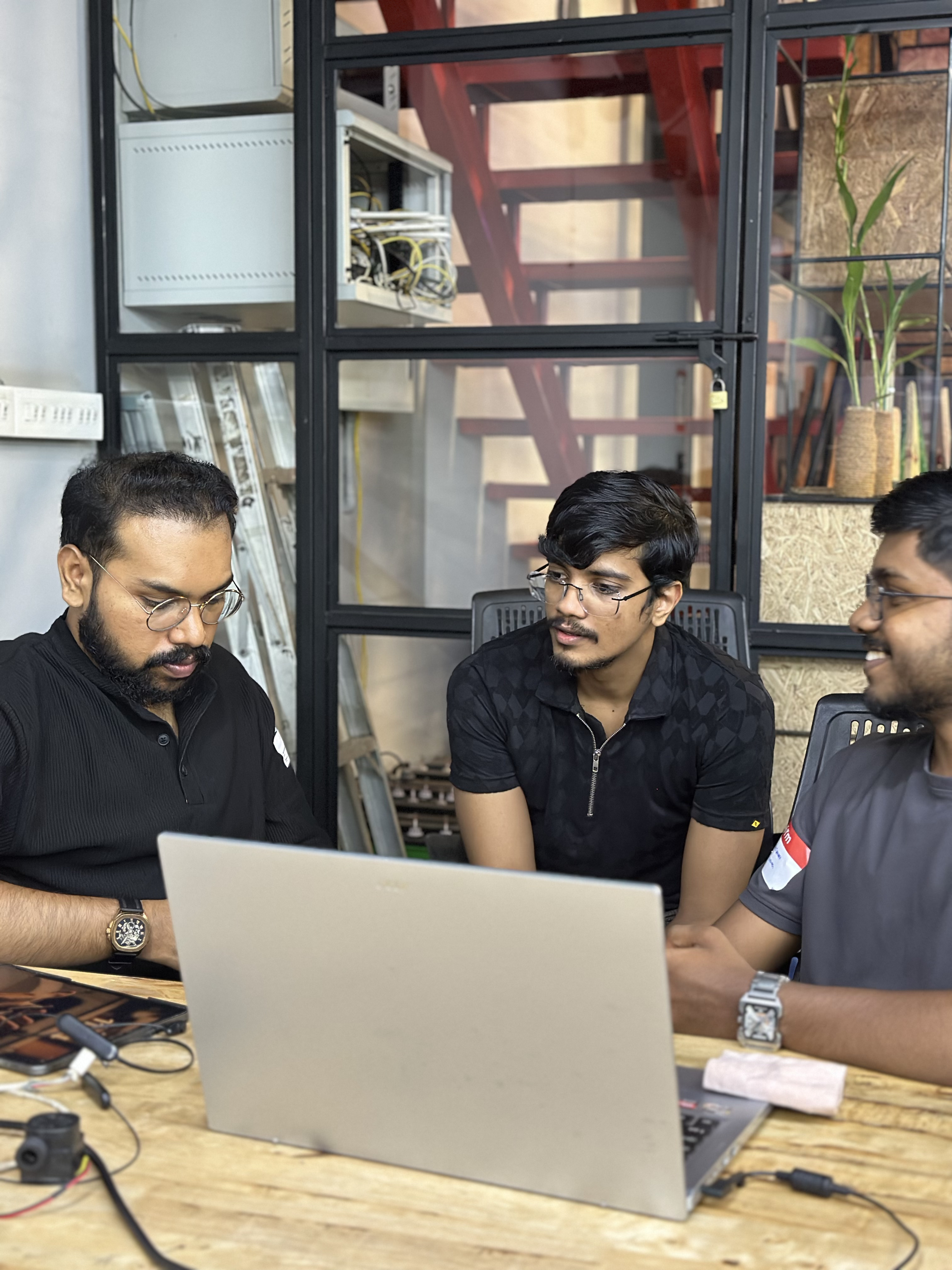
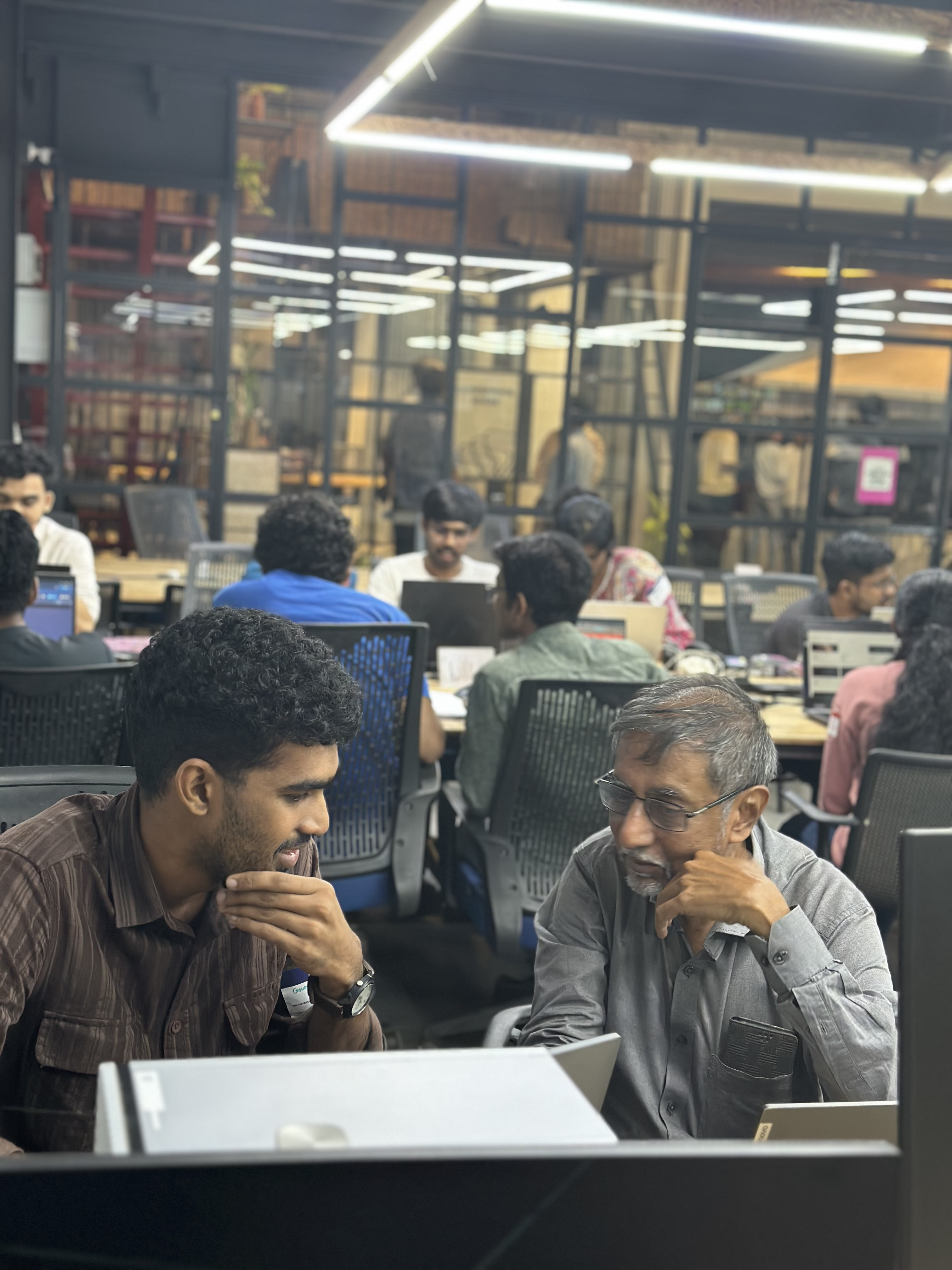
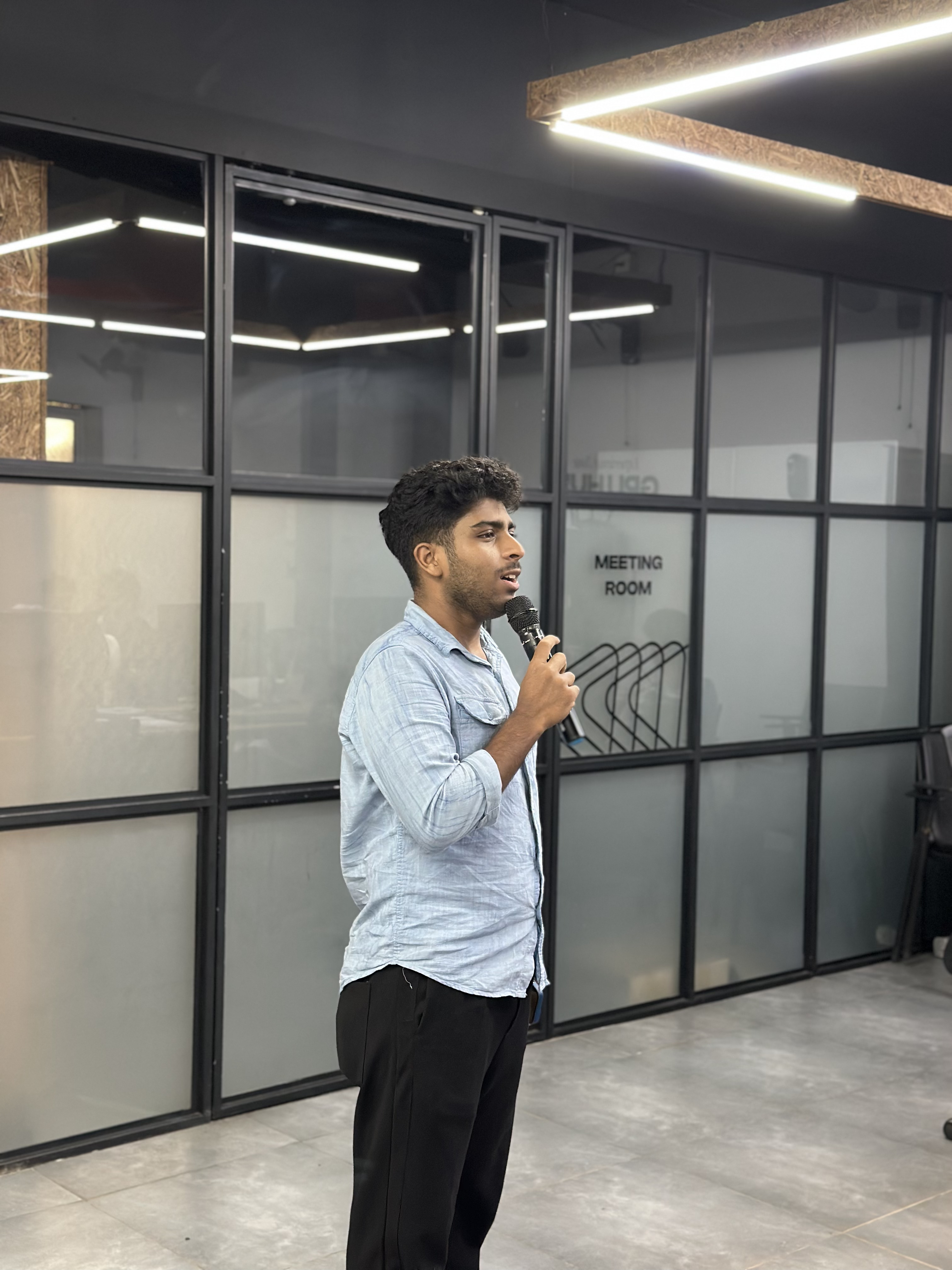
Experience the hackathon through these exclusive video highlights showcasing the innovation and collaboration.
A comprehensive overview of the 12-hour innovation journey
Participants sharing their experiences
Live demos of surgical automation solutions
Welcome ceremony, problem statement presentation, and cross-disciplinary team formation with surgeons, engineers, and data scientists.
Teams brainstormed surgical automation solutions, defined project scope, and created development roadmaps.
Intensive coding and prototyping phase with medical professionals providing clinical guidance throughout the night.
Teams presented progress updates, received mentor feedback, and refined their approaches for the final push.
Last-minute feature implementations, prototype testing, and preparation for final presentations.
Teams showcased their surgical automation solutions, followed by judging and award ceremony.
Our recent hackathon on surgical intraoperative automation was an extraordinary gathering of brilliant minds, bringing together the medical and technology communities for an intensive 12-hour overnight innovation marathon. Held at the vibrant TinkerSpace Kochi on July 26-27, 2025, this event marked a significant milestone in the intersection of healthcare and cutting-edge technology.
To develop innovative solutions that enhance surgical precision, reduce human error, and improve patient outcomes through automation and intelligent systems.
Out of 35 innovative problem statements, our talented teams chose to tackle these 6 critical challenges, developing breakthrough solutions that could revolutionize surgical automation:
These selected challenges represent the most pressing needs identified by our medical professionals and showcase the collaborative innovation spirit of the hackathon.
Participants tackled a comprehensive range of surgical automation problems, each designed to address real-world challenges in modern operating rooms. Look for the 🏆 SELECTED ribbons to see which challenges were chosen by our teams!
Develop a system to track surgical instruments in real-time while monitoring their sterility status throughout the procedure to prevent contamination and ensure patient safety.
Create an intelligent voice-activated assistant that guides surgical teams through standardized checklists, ensuring no critical steps are missed during procedures.
Build an AI system that recognizes different phases of surgery and provides timely reminders for upcoming workflow steps and protocol requirements.
Design an automated documentation system that captures and records surgical procedures in real-time, reducing manual documentation burden on medical staff.
Develop a computer vision system to accurately estimate blood loss during surgery in real-time, providing critical information for transfusion decisions.
Create an intelligent system to automatically control operating room temperature, humidity, lighting, and air circulation based on surgical requirements.
Build an AI assistant to monitor anesthesia depth and provide recommendations for optimal drug delivery timing and dosages.
Develop a thermal imaging system to assist surgeons in achieving effective hemostasis by identifying bleeding sources and tissue temperature variations.
Create a real-time system to check for potential drug interactions and contraindications during surgical procedures.
Design a computer vision system to verify complete and proper surgical site preparation coverage before incision.
Develop a system to monitor and control operating room door traffic to maintain sterility and minimize contamination risks.
Build an automated system to calculate and track fluid loss during surgery, providing accurate fluid balance information.
Create a system to verify the sterility status of instrument assemblies and detect potential contamination before use.
Develop a system to monitor surgeon posture and team fatigue levels, providing feedback to prevent injury and maintain performance.
Build a 3D visualization system to assist surgeons in assessing surgical margins and ensuring complete tumor removal.
Create an AI system to predict surgery duration and provide ETA alerts for better OR scheduling and resource management.
Develop an intelligent camera navigation system for laparoscopic procedures with automated tracking and positioning.
Design a robotic system for precise automated tissue cauterization with intelligent tissue recognition and safety controls.
Build an intelligent irrigation and suction system with robotic ultrasonic aspiration control for optimal surgical field management.
Create a robotic assistant for automated tissue retraction with adaptive force control and positioning.
Develop a system to detect and alert surgeons about nerve locations during procedures to prevent accidental damage.
Build an intelligent camera system with automatic focus and exposure control optimized for surgical environments.
Create an AI system to predict and sequence tool hand-overs, improving surgical workflow efficiency.
Develop a system to monitor suture tension and provide automated cutting recommendations for optimal wound closure.
Build an intelligent lighting system that adjusts color and intensity based on surgical phase and tissue visualization needs.
Create a semi-autonomous robotic system for precise suturing with surgeon oversight and control.
Develop a system to regulate electrocautery tip temperature and limit thermal spread to protect surrounding tissues.
Build a robotic system for precise endoscopic biopsy procedures with intelligent tissue targeting.
Create an intelligent endoscope tip steering system for improved navigation and visualization during procedures.
Develop a robotic system for planning and executing precise core-needle biopsies with optimal trajectory calculation.
Build an automated system for marking and labeling tissue samples during surgery for accurate pathological analysis.
Create an AI system to assist in rapid tissue identification from frozen sections during surgery.
Develop an automated system to assess tissue flap perfusion and viability during reconstructive procedures.
Build a system to orchestrate multiple sub-procedures (incision → retraction → cauterization) in a coordinated workflow.
Create an end-to-end automation framework for orchestrating multiple robotic sub-procedures in complex surgical workflows.
The hackathon brought together an incredible diversity of professionals, creating a unique collaborative environment where medical expertise met technological innovation:
Experienced surgical professionals providing real-world insights and clinical requirements
Specialists in maternal and fetal medicine contributing specialized knowledge
Medical practitioners offering comprehensive healthcare perspectives
Software and systems engineers building robust technical solutions
Specialists bridging biology and engineering for medical device innovation
Hardware specialists designing physical automation systems
Analytics experts developing AI and machine learning solutions
Hours of Innovation
Professional Disciplines
Days of Collaboration
Participants
The 12-hour overnight format created an intense, focused environment where participants could dive deep into complex problems without the usual daily distractions. This marathon approach fostered unprecedented collaboration and breakthrough thinking.
The hackathon generated numerous innovative prototypes and concepts that have the potential to transform surgical practices:
Teams developed cutting-edge prototypes including AI-powered surgical navigation systems, automated instrument tracking, predictive complication alerts, and intelligent OR workflow management tools.
The collaborative environment at TinkerSpace Kochi provided the perfect backdrop for this intensive innovation session. The space's maker-friendly atmosphere, combined with the overnight format, allowed participants to rapidly prototype, test, and iterate on their ideas.
This hackathon represents just the beginning of our journey toward revolutionizing surgical automation. The connections made, ideas generated, and prototypes developed during these intense 12 hours will continue to evolve and potentially transform how surgeries are performed in the future.
The solutions developed during this hackathon have the potential to improve patient safety, reduce surgical complications, enhance precision, and make advanced surgical techniques more accessible worldwide.